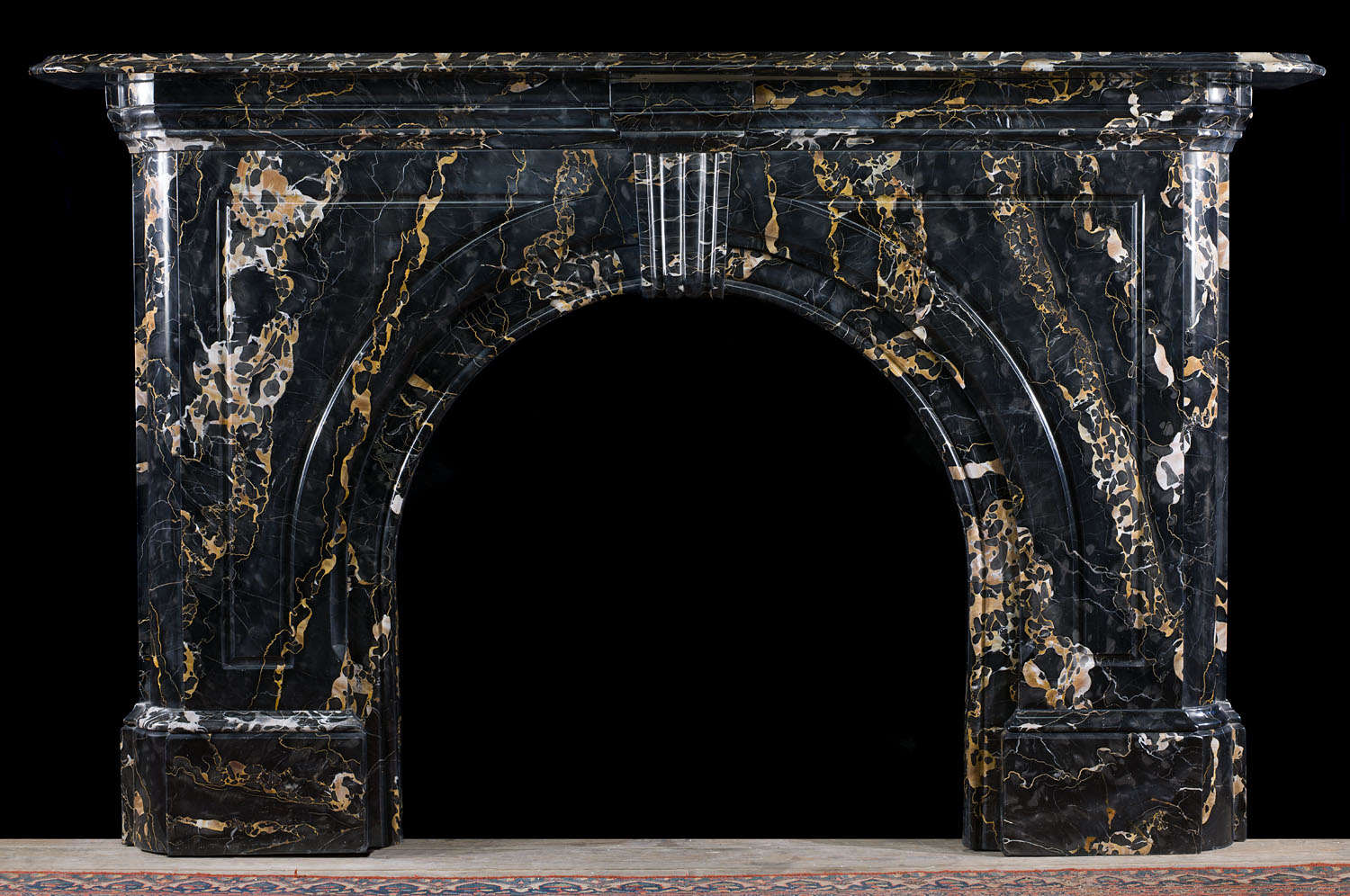We’ve put together a simple guide to explain the difference between ‘antique’ and ‘vintage’ items
It's no secret that terminology plays a big part in the world of antiques and collectibles.
As you explore the industry, you’ll come across specific terms to describe an item, as well as its age and style.
Two terms you’ll see particularly frequently are ‘antique’ and ‘vintage’.
However, for some, these terms can be problematic as they’re often used inaccurately or interchangeably.
Indeed, as our recent guide to your local antique fairs demonstrates, even at prestigious events you may be left slightly unsure as to the sort of objects on sale due to the mixed usage of both terms.
To clear things up, we’ve put together a simple guide to explain the difference between vintage and antique items.

× 
What is an ‘antique’? Time period and typical items
Many consider an object an antique if it is more than 100 years old
The Oxford Dictionary defines antique as ‘a collectable object such as a piece of furniture or work of art that has a high value because of its age and quality’.
But to understand the difference between, say, an antique desk and one described as vintage, we need a little more detail.
Many consider an object an antique if it is more than 100 years old. In fact, in the USA, this is legislated by the US Customs Department with regard to the import of collectibles.
Others label an antique as an object around 50 to 80 years old. It isn’t a precise art and varies between countries.
It’s worth remembering, as time passes, the antique bracket shifts. Objects from the 1920s may now, for the first time, be considered antiques in the States.
Antiques are not simply ‘old’ objects, though. They tend to be quality items, displaying a degree of craftsmanship and as a result are often somewhat scarce – only adding to their value.
Some of the most frequently seen antiques are antique clocks, antique furniture and antique paintings or artwork.
As well as being labelled and considered genuinely antique, items are often also described in terms of their specific era or locale. For example, antique furniture may be further categorised by terms such as:
- William and Mary, 1685-1720
- Chippendale, 1755-1790
- French Restoration, 1830-1850
- Rococo Revival, 1845-1870

× 
How old is ‘vintage’? Time period and typical items
In the past, the consensus was that a vintage item would be more than 50 years old but less than 100
Put simply, vintage items are old, but not that old.
In the past, the consensus was that an item called vintage would be more than 50 years old but less than 100 (think 1920s – 1970s).
However, this can cause some confusion due to overlap with ‘newer’ antiques.
Additionally, market trends, such as the use of the word ‘vintage’ as a descriptor for modern-made, stylised pieces of clothing, has further shifted the age bracket.
In essence, among certain items, vintage has become more a signifier of style than age.
Like antiques, vintage items are generally of a certain quality and have appeal through their scarcity such as this vintage mounted fan coral.
Commonly considered vintage items include furniture, textiles and clothing, artwork, photography, jewellery and much more.
Vintage pieces are also broken down by era and style. For example, furniture may be described as ‘art deco style’ (1920-1945) or ‘mid-century modern’ (1940-1970).

× 
Antiquities, retro and other terms
Retro items tend to be nostalgic objects from the 1960s onwards
While ‘antiques’ and ‘vintage’ are the most frequently used terms in the industry, you will likely come across a few others.
While you won’t see too many of them at your local antiques fair, there is a market for ‘antiquities’.
These are items from some of the oldest-known human civilizations, generally bracketed between 5000 BC to 500 AD.
A more commonly seen type of item might be labelled ‘retro’. Vintage is often used interchangeably with retro, incorrectly - retro items tend to be nostalgic objects from the 1960s onwards.
Retro items tend to have been ground-breaking or disruptive in their era and often include fashion pieces, furniture, as well as objects such as games consoles.
You may also see items labelled as ‘collectibles’. This is an umbrella term for any item of interest (not always solely for monetary reasons) to a collector and can encompass all the labels we’ve discussed in this blog.
Conclusion: What's the difference between ‘antique’ and ‘vintage’?
While it’s important to be accurate in use of terminology when buying or selling an object as it can impact value, we’d encourage those new to the world of collectibles to not get too hung up on definitions and jargon.
Uncovering your forever piece is about more than labels. It’s about feeling and connection. Often, the thrill of identifying an object and labelling it can come after.
If you’d like to learn more about antique items, feel free to get in touch or visit our blog.